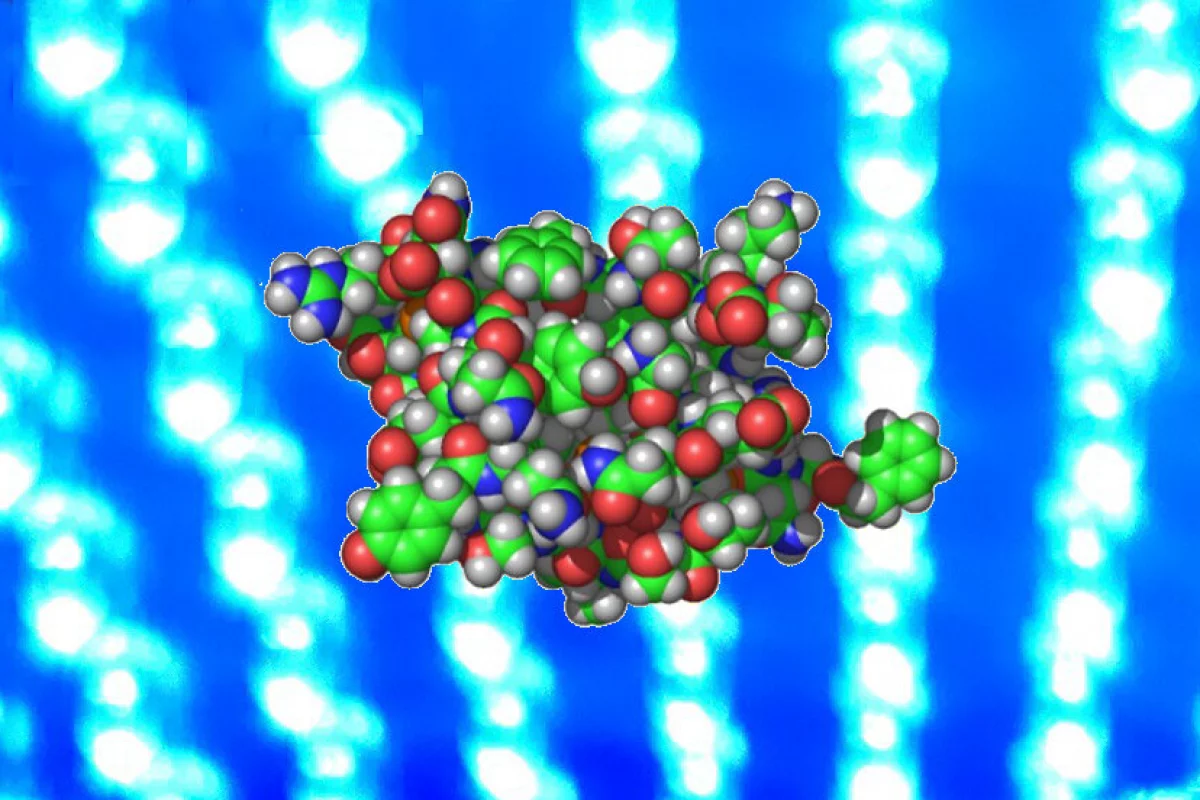Diabetes is one of the leading health problems in our modern world and requires the careful management of a patient’s insulin levels. New research from Tufts University may make that process a little easier. In mouse tests, the team implanted beta cells that produce more insulin on demand, when they’re activated by blue light.
At the heart of both types of diabetes is insulin, the hormone that regulates blood sugar levels, allowing cells in the body to properly use it as energy. In type I diabetes, beta cells in the pancreas don’t produce enough insulin, sometimes because the immune system destroys those vital beta cells. In type II diabetes, a patient’s cells stop responding to insulin, or the pancreas can’t keep up with demand, meaning blood glucose levels spike to dangerous highs.
Managing the condition requires constant monitoring of blood sugar levels and boosting insulin levels as needed, either by directly injecting the hormone or through drugs that amplify the beta cells’ production of it.
For the new study, the Tufts researchers engineered pancreatic beta cells that can produce insulin on demand – in this case, that “demand” is pulses of blue light. The beta cells were engineered with a gene that creates an enzyme called photoactivatable adenylate cyclase (PAC) – essentially, when these enzymes are activated by blue light, they produce a molecule called cyclic adenosine monophosphate (cAMP).
In turn, this molecule instructs the beta cell to produce more insulin, but interestingly, it will only do so when there’s already a high level of glucose. That helps to prevent a common complication of diabetes treatments, where producing too much insulin can cause the body to consume the available glucose too quickly, resulting in low blood sugar.
To test the new technique, the Tufts team implanted their engineered pancreatic beta cells under the skin of diabetic mice. The researchers found that the cells produced between two and three times more insulin when triggered by blue light and high glucose levels. Importantly, when they fired up the blue light while glucose was low, there was no bump in insulin, indicating that the failsafe worked.
“In this way, we can help in a diabetic context to better control and maintain appropriate levels of glucose without pharmacological intervention,” says Emmanuel Tzanakakis, corresponding author of the study. “The cells do the work of insulin production naturally and the regulatory circuits within them work the same; we just boost the amount of cAMP transiently in beta cells to get them to make more insulin only when it’s needed.”
Similar studies have shown promise in managing diabetes with implanted beta cells – either synthetic versions or natural ones produced from a patient’s own stem cells. There’s still plenty of work to do before this type of treatment makes it to human trials, but the researchers say that using light is a step in the right direction.
“There are several advantages to using light to control treatment,” says Fan Zhang, first author of the study. “Obviously, the response is immediate; and despite the increased secretion of insulin, the amount of oxygen consumed by the cells does not change significantly as our study shows. Oxygen starvation is a common problem in studies involving transplanted pancreatic cells.”
Ultimately, tiny sources of light could be embedded alongside the cells, allowing doctors to trigger them remotely when needed. Or they could be automatically activated by a glucose sensor, to fully close the loop.
The research was published in the journal ACS Synthetic Biology.
Source: Tufts University




